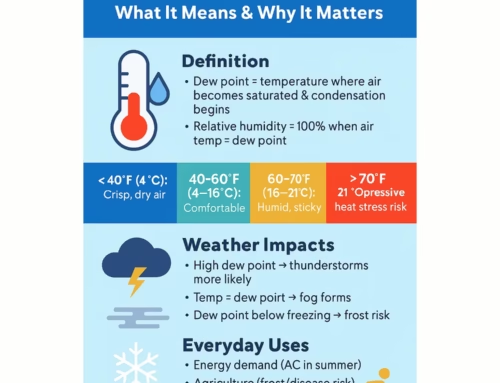
Wind is a natural phenomenon that affects our daily lives in various ways.
From gentle breezes to powerful gusts, the movement of air has fascinated humans for centuries. In particular, wind gusts have both captivated and terrified people due to their sudden and unpredictable nature.
Wind gusts are characterised by sudden increases in wind speed, often reaching double or triple the average wind speed in a short period. These bursts of intense airflow can occur during thunderstorms, hurricanes, or even in local weather patterns.
Understanding the causes behind wind gusts requires delving into the basic principles of fluid dynamics.
In simple terms wind gusts occur because the air is not able to move over the surface at a constant rate. Surface fricton can be caused by buildings, trees and even elevation changes which consequently slows the wind more in some places compared to others.
Technically this phenomenon is known as wind shear.
Wind shear occurs when there is a significant change in wind speed or direction over a relatively short distance in the atmosphere. This change in wind properties can happen vertically (vertical wind shear) or horizontally (horizontal wind shear).
It is the horizontal wind shear that has a direct impact on wind gusts.
One major contributor to horizontal wind shear is the presence of obstacles or topographical features on the earth’s surface. When wind encounters such obstacles, like mountains, buildings, or even trees, it is forced to change its course and speed. As a result, eddies and vortices are formed in the air, leading to turbulent airflow.
In the case of gusts during thunderstorms or hurricanes, the convective processes resulting from intense heating or cooling play a critical role. These processes create a vertical motion within the atmosphere, causing the development of strong updrafts and downdrafts. As the updrafts descend and mix with the surrounding air, they create pockets of air that are temporarily much stronger than the prevailing wind. These pockets, known as microbursts or downbursts, can reach the ground and unleash their energy in the form of violent wind gusts.
Wind gusts can also be influenced by the overall atmospheric stability. When the atmosphere is unstable, warm air rises rapidly, causing the high-altitude winds to descend more abruptly. This rapid vertical motion can create a turbulent environment, leading to strong gusts. Conversely, when the atmosphere is stable, winds tend to be more uniform without sudden bursts of speed.
Typically a wind gust will last less than 20 seconds, and in general terms it must be over 18mph and at least 10mph faster than the average wind speed.
We have a wide range of detailed wind statistics colected for Crondall:
– Daily Monthly and Seasonal Wind Speeds (Gusts and Average)
– Daily Monthly and Seasonal Dominant Wind Direction
– Daily Monthly and Seasonal Wind Run this gives us a view of the overall “windiness” of a day. It is simply a measurement of how much wind has passed a point in a period of time. So a wind blowing at 5mph for an entire day (24hours) would give a wind run of 120 miles for the day.
If you enjoyed reading this, the please explore our other articles below:



